Every community college across the nation is dedicated to helping students accomplish their goals. But how institutions approach completion, connection, and event student services can vary widely. Dr. Renee Craig-Marius, former Vice President of Student Services at Reedley College and current Executive Vice President of Educational Programs and Services at Gavilan College, led her institution’s journey through the Guided Pathways model, and in the process, helped students overcome barriers.
Guided Pathways is revolutionizing how colleges help students achieve success. This model offers students a streamlined path to explore, choose and complete an education aligned with their goals efficiently and affordably – driving up graduation rates while closing equity gaps in the process! Colleges across America are hopping on board for its proven potential in this increasingly competitive environment.
On a recent episode of Higher Education Coffee and Conversation, Dr. Craig-Marius shared ten Guided Pathways-based strategies that have been successfully implemented at Reedley College, resulting in a more welcoming and supportive community where learners are empowered to reach their full potential.
1. Identify Where in Their Journey Students Need Support
To serve students and enhance instruction, institutions must first identify where students need support. Before diving into Guided Pathways implementation, Reedley College analyzed data. The college found that students disproportionately impacted by racial equity were achieving low success rates, and the college was losing incoming freshmen as a result. This data helped guide the college as leaders began to implement Guided Pathways reforms.
2. Lean In On Your Network
Community college leaders are passionate about improving the student journey, and they aren’t alone. When Reedley College adopted the Guided Pathways approach, 20 California community colleges simultaneously were doing the same. To learn from others going through the same journey, faculty participated in professional development at other institutions where they explored the student experience, analyzed student data, and conducted self-assessments on how they were serving students. Leaning in on your network helps identify what tried-and-true strategies have delivered results.
3. Redesigning Your Resources Takes Time
Investing in your institution’s future requires careful planning and a unified effort. Transforming how college resources are managed will bolster the student experience, but it won’t happen overnight. Comprehensive change requires dedication from everyone involved and an investment of time is essential to ensure success!
4. Creating a Culture of Change Requires a Transformational Team
To maximize the benefits for students, your college needs to create a culture of change. Establishing an effective foundation is key; begin with a committed team that will drive transformation and then grow from there. Dr. Craig-Marius encourages colleges to develop a key team of cross-functional stakeholders that collaborates with different departments early to ensure every department across campus can contribute perspectives and understand that change is happening.
5. Push Back Against Push Back
With great change often comes heavy pushback. Organizational transformations are often met with resistance like — ‘if it’s not broken, why fix it?’ and initiative fatigue. For community college leaders who work hard to support students every day in the classroom and in the field, one more goal can feel like another task on the list. Encourage discussions with supportive data and build urgency to serve students through integrated efforts, which can ultimately lead to less, but better, work.
6. Design With Students In Mind
The best way to get a student’s opinion is to ask them. Prioritize student voices to gain valuable insight into different perspectives about what students want and need. Then experiment with activities college-wide to engage faculty and staff in new experiences that break down the student journey, including the barriers colleges create and how to eliminate them.
7. Place Your Programs Into Pathways
Community colleges were not designed to offer direct pathways to students. Re-organize programs into paths students can take to achieve their goals. Ensure students know where to find the program on campus and online, and whom they can turn to for help. Create a communication plan for departments to engage with students at meaningful touch points along their educational journey— but don’t over-communicate. No one likes spam.
8. Effective Communication Supports and Connects Students
As enrollment recovers beyond the pandemic, re-engaging communication with students is critical. Many colleges have prioritized staffing to help do this work. In addition to increasing capacity, survey polls can reveal how students prefer to communicate and build channels of support. Reedley College used email communication to send out critical information on course guidelines and Guided Pathways. Invest in systems to stay connected to students. Then, analyze the data and tweak your approach!
9. Personalize Messages to Boost Engagement
The pandemic isolated and disconnected students in various ways. Although everyone struggled, Reedley College saw positive outcomes from students who received messages of encouragement from faculty and staff. Today, faculty and staff continue to see the benefits of sending personalized messages that remind students that they are seen and valued.
10. Trust the Process
Guided Pathways are not built overnight. Although the work is hard, Dr. Craig-Marius says it is work you must be willing to do to succeed. It won’t always be easy, but building a team of champions who will go on to build more champions is worth it. The work will be challenging, but if you’re committed to doing the work together, you will make the greatest impact on a student’s educational journey.










